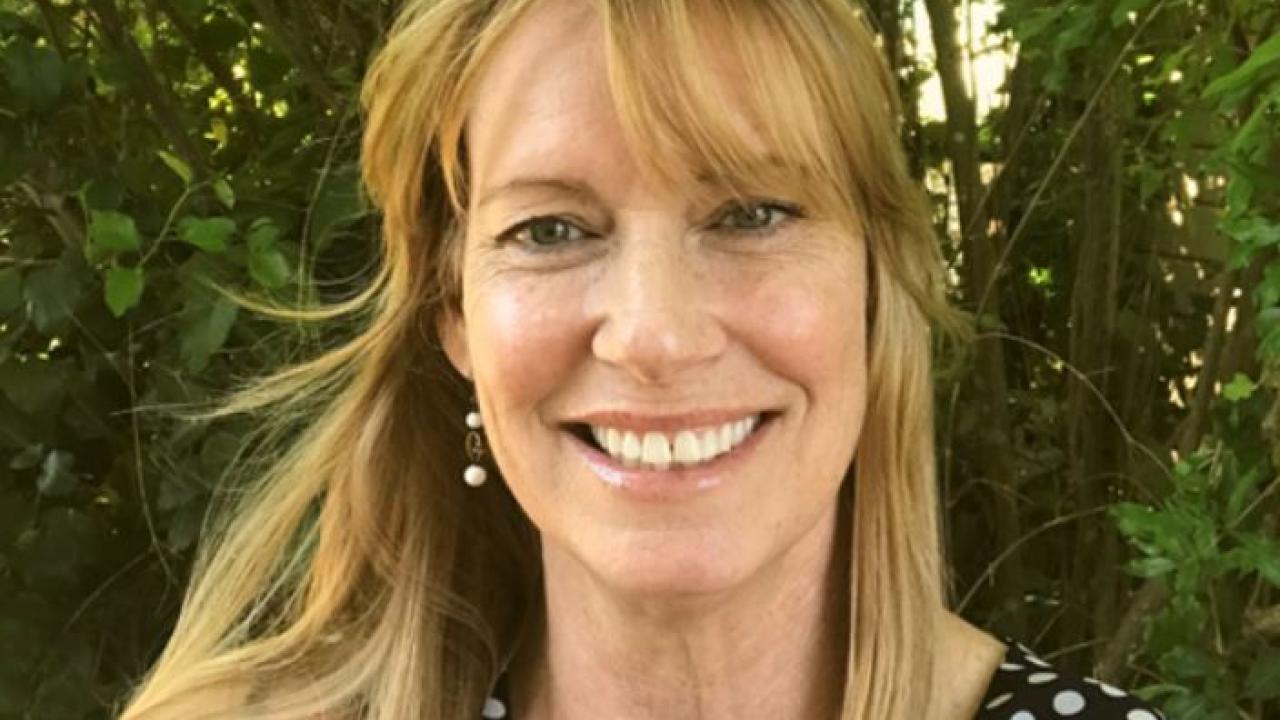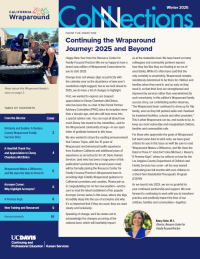
What About Baby?
California Wraparound's Commitment to Children 0-5 and Their Families
In the Summer 2024 issue of Wraparound Connections, Jarred “Jay” Vermillion’s article, Aligning for Action: California's Wraparound Initiative Taking Flight to New Heights!, explored the history and future of California’s Wraparound Initiative. As a Wraparound Champion for the 0-5 population, I was especially struck by two statements in the piece that deeply resonated with my work.
1. “Prevention Powerhouse: Stopping problems before they start is the key to a brighter future.”
“Prevention Powerhouse” captures the very heart of what Wraparound means for our youngest children. So much of what we do with the 0-5 age group is preventative. A frequent question among providers is, “How do we uplift the unique needs of the 0-5 population while still following the Wraparound process?” In response, I encourage you to lean into one of our favorite phrases, Wraparound is Wraparound is Wraparound.
The ten principles of Wraparound create a process that’s flexible and individualized, tailored to the needs of infants, toddlers and their families, while highlighting strengths through tools like the Child and Adolescent Needs and Strengths (CANS) Assessment. We remain team-based, building family teams that are grounded in voice and choice, incorporating both natural supports and Systems of Care (SOC) partners. These teams must be diverse, culturally responsive and deeply rooted in respect.
Natural supports can include anyone in the child’s circle: Nana/Tia/Tata/Abuelo/Oba-chan/Tunkashila, Tribal members, non-relative family members, nosy neighbors always giving parenting advice, the grocery checker who put in their own money for formula when Daddy was short, the public health nurse, the Regional Center case worker, daycare providers, 0-5 therapists, neurodiversity specialists and others. Each person plays a collaborative role in supporting that child’s and family’s journey.
The principle of persistence reminds us to build trust and honor parents as the experts on their children. By using outcome-based data specific to the 0-5 population, we’ve seen that when Wraparound is delivered with fidelity, families can continue their healing journey with hope—and often with fewer SOC providers!
2. “Wraparound is all about flexing proactive muscles, supporting communities to support families whenever they need it most.”
Families with young children are among our most vulnerable. Being community-based allows us to truly build that “village” of support and reduce key risks. In my experience, people show up in droves for our littles. Some of the most robust Wraparound teams I’ve ever worked with were built for children in this age range—and their natural supports came ready to act.
As a community, we really can flex those “proactive muscles” by offering psychoeducation tailored to the early years, including information related to developmental milestones, parenting tools and strategies to build protective factors. The data is clear—early interventions lead to long-term benefits, including fewer out-of-home placements, fewer hospitalizations, reduced risk for self-harm or exploitation and fewer instances of system re-involvement down the line.
And, most importantly, Wraparound, no matter what the age of the kiddos, can help keep children with their families and in their communities.

Wraparound Connections
Winter 2025
Read the precursor to this article, “Aligning for Action: California's Wraparound Initiative Taking Flight to New Heights,” in the Summer 2024 Issue of Wraparound Connections!
